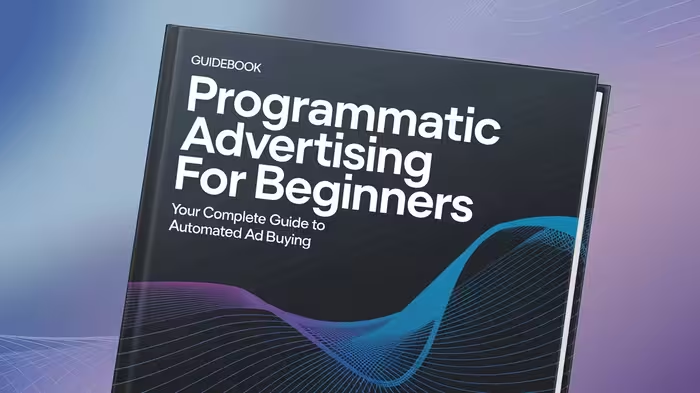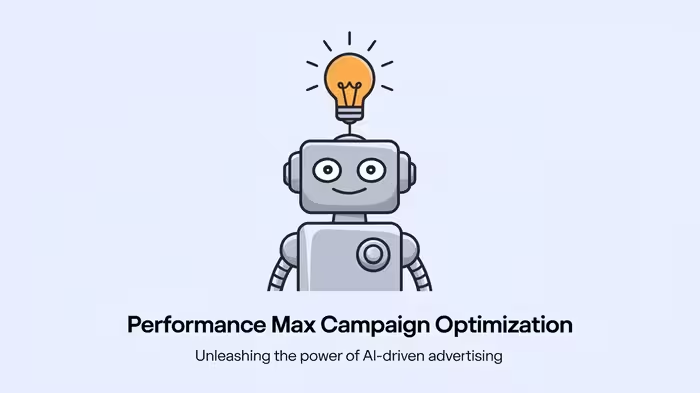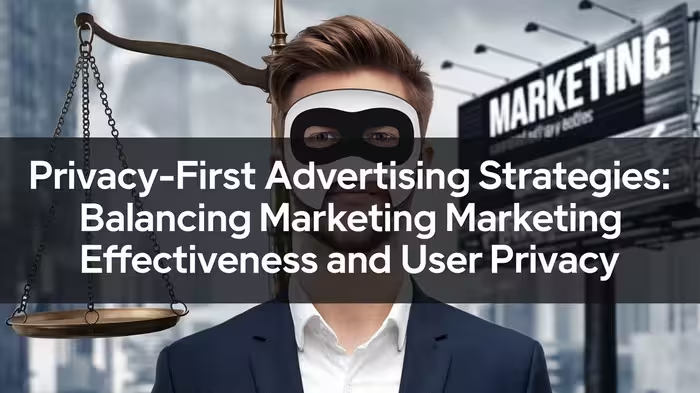Have you ever wondered how ads seem to follow you around the internet, showing you exactly what you might be interested in? Welcome to the world of programmatic advertising! In this guide, we’ll break down this powerful marketing technology into simple, easy-to-understand concepts that even a complete beginner can grasp.
Programmatic advertising is like having a super-smart robot that buys and sells digital ad space automatically. Instead of humans negotiating ad placements, computers do all the heavy lifting in real-time, making the process faster and more efficient than ever before.
How Programmatic Advertising Works
The Real-Time Bidding Process
Think of programmatic advertising like a lightning-fast digital auction. When you visit a website, here’s what happens in just milliseconds:
- A user visits a website with ad space available
- The website sends out information about the visitor and the ad space
- Advertisers’ computers automatically bid for that space
- The highest bidder wins, and their ad appears on the page
It’s like a super-fast game of musical chairs, except it happens thousands of times per second!
Key Components
Let’s break down the main pieces of the programmatic puzzle:
- Ad Inventory: The available advertising spaces on websites and apps
- User Data: Information about website visitors that helps target ads
- Bidding Systems: The technology that manages the auction process
- Ad Servers: Systems that actually deliver the ads to websites
Types of Programmatic Buying
Real-Time Bidding (RTB)
This is the most common type, where ad space is bought and sold through real-time auctions. It’s like eBay for digital ads, but way faster!
Programmatic Direct
Think of this as a reserved table at a restaurant. You’re guaranteed the spot, but you still pay automatically through the programmatic system.
Private Marketplace (PMP)
This is like a VIP auction where only invited advertisers can bid on premium ad spaces.
Key Players in the Programmatic Ecosystem
Demand-Side Platforms (DSP)
DSPs are the tools advertisers use to buy ad space. They’re like smart shopping assistants that help you:
- Set your budget
- Choose your target audience
- Decide how much to bid
- Track your results
Supply-Side Platforms (SSP)
SSPs help website owners (publishers) sell their ad space. They make sure publishers get the best prices for their inventory and keep everything running smoothly.
Ad Exchanges
Think of ad exchanges as digital marketplaces where DSPs and SSPs meet to do business. They’re like Amazon for ad space, connecting buyers and sellers automatically.
Benefits of Programmatic Advertising
Efficiency and Scale
- Reach millions of potential customers instantly
- Save time by automating manual tasks
- Adjust campaigns in real-time
Better Targeting
- Show ads to exactly the right people
- Waste less money on irrelevant audiences
- Improve return on investment
Data-Driven Decisions
- Track everything in real-time
- Learn what works and what doesn’t
- Make smarter marketing choices
Getting Started with Programmatic
Step 1: Set Your Goals
Before jumping in, ask yourself:
- What do you want to achieve?
- Who do you want to reach?
- How much can you spend?
Step 2: Choose Your Platform
- Research different DSPs
- Compare features and costs
- Start with user-friendly options
Step 3: Create Your First Campaign
- Set up your targeting
- Design your ads
- Set your budget and bids
Best Practices and Tips
1. Start Small
- Begin with a modest budget
- Test different approaches
- Scale up what works
2. Focus on Quality
- Use compelling ad creative
- Target the right audiences
- Monitor brand safety
3. Track Everything
- Set up proper tracking
- Monitor key metrics
- Make data-driven decisions
Common Challenges and Solutions
Challenge 1: Ad Fraud
- Use verified platforms
- Monitor traffic quality
- Work with trusted partners
Challenge 2: Brand Safety
- Use content filters
- Choose premium inventory
- Regular monitoring
Challenge 3: Data Privacy
- Follow privacy regulations
- Be transparent with users
- Use compliant data sources
Future of Programmatic Advertising
The future looks exciting with:
- Artificial Intelligence improvements
- Better targeting capabilities
- More automated optimization
- Integration with new channels
Conclusion
Programmatic advertising might seem complex at first, but it’s revolutionizing how we buy and sell digital ads. By starting small, focusing on quality, and following best practices, you can harness its power to grow your business effectively.
Frequently Asked Questions
- What’s the minimum budget needed to start programmatic advertising?
While budgets vary by platform, you can start with as little as $500-1000 per month on some platforms. It’s recommended to start small and scale up based on results. - How long does it take to see results from programmatic advertising?
Initial results can be seen within days, but it typically takes 2-4 weeks to gather enough data for meaningful optimization. - Do I need technical expertise to run programmatic campaigns?
While basic digital marketing knowledge helps, many platforms are designed to be user-friendly for beginners. You can start with simplified interfaces and learn as you go. - Can programmatic advertising work for small businesses?
Yes! Programmatic platforms are becoming more accessible to businesses of all sizes, with options to fit various budgets and goals. - How is programmatic different from traditional display advertising?
Programmatic uses automation and real-time bidding to buy ads more efficiently, with better targeting and optimization capabilities than traditional manual ad buying.


